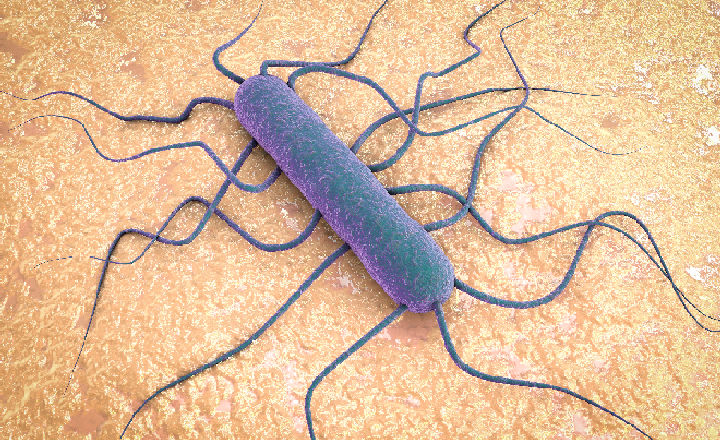In the lush landscapes of Costa Rica, where the biodiversity is as rich as the coffee, a microscopic menace lurks undetected. This isn’t about the latest creature feature, but something far more real and potentially harmful – Listeria monocytogenes. It’s the kind of guest you don’t want at your dinner party, yet it’s been crashing the Costa Rican food scene, uninvited and unreported.
The Unseen Culprit: Listeria in Paradise
Listeriosis, caused by Listeria monocytogenes, is currently not a notifiable disease in Costa Rica. This lack of mandatory reporting is like trying to solve a puzzle without all the pieces – you know there’s a problem, but the extent of it remains a mystery. Recent studies have revealed the presence of this pathogen in various Costa Rican foods, particularly processed meats and fresh cheeses, with contamination levels oscillating between 5 and 20 percent.
The Dairy Dilemma: A Predominant Problem
Researchers, armed with whole genome sequencing (WGS), have characterized 92 isolates of Listeria monocytogenes from clinical samples, foods, and production environments spanning a decade (2009-2019). These isolates paint a concerning picture of a pathogen not confined to urban areas like San José but prevalent in rural zones known for cheese production, like Turrialba – the fresh cheese capital of the country.
Tracing the Untraceable
The most alarming revelation is that most human cases of listeriosis in Costa Rica are linked to dairy products. But here’s the twist – tracing the source of infection is like finding a needle in a haystack. The majority of production is by local farmers who often operate without traceability systems. This lack of food chain transparency makes pinpointing the exact source of contamination almost impossible.
The Cleaning Conundrum
The study also highlighted the discovery of identical Listeria strains along the same production lines, from raw materials to finished products. This suggests that current sanitation practices might be as effective as a chocolate teapot. Moreover, most isolates were found to possess genes indicating tolerance to disinfectants and environmental stressors, making the eradication of Listeria from production sites an even more daunting task.
A Call for Action: Mandatory Reporting and More
The researchers are not just ringing alarm bells; they’re calling for action. They suggest that mandatory reporting of listeriosis could significantly improve understanding and management of the pathogen in Costa Rica. This move would be a game-changer, enabling national reference institutions to push for regulatory changes and ensure safer food production.
Training and Testing: The Way Forward
The study advocates for regular sampling of high-risk products and training for artisanal processors. Knowledge is power, and in the battle against Listeria, it’s an indispensable weapon. By educating local producers and implementing routine testing, the risks associated with this pathogen can be significantly reduced.
WGS Surveillance: A Beacon of Hope
Strengthening WGS surveillance in Costa Rica could be a critical step in controlling Listeria monocytogenes. This advanced technology can provide crucial information on strain diversity and effective eradication methods. More importantly, it can help authorities detect outbreaks and trace the sources of contamination, acting as a culinary CSI tool.
While Costa Rica continues to charm the world with its natural splendors and culinary delights, the need for vigilance against Listeria monocytogenes cannot be overstated. Mandatory reporting, enhanced WGS surveillance, and education could be the trifecta that keeps this pathogen in check, ensuring that the only thing infectious about Costa Rica is its beauty and charm.


1 comment
[…] Source link […]